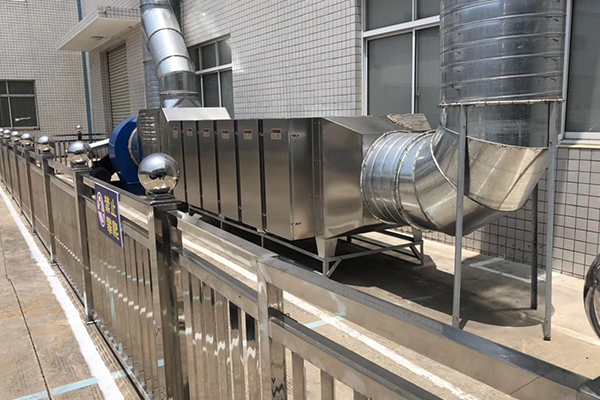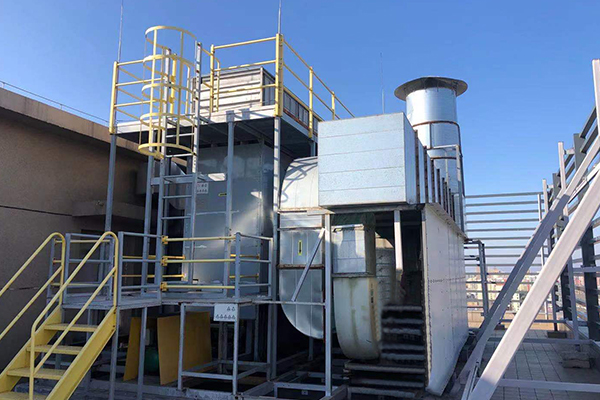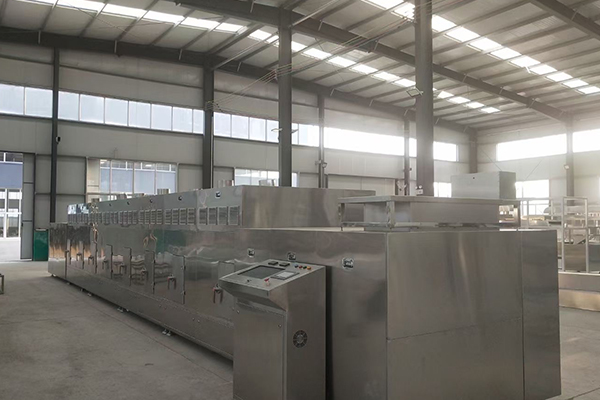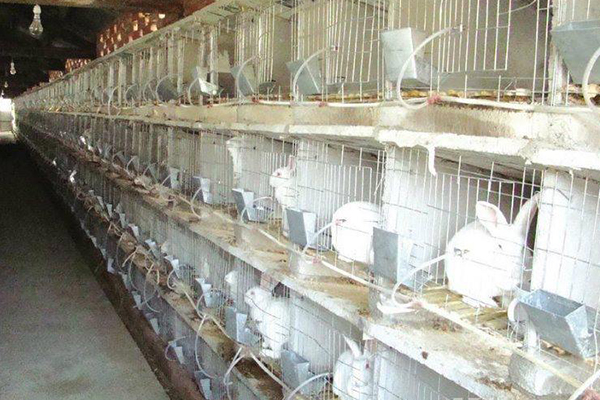
Activated carbon adsorption and catalytic combustion equipment is a common volatile organic waste gas treatment equipment. It is energy-saving, environmental protection, no secondary pollution, and high purification efficiency. It is a very good equipment for VOC waste gas treatment. Generally, the main components of activated carbon adsorption catalytic combustion equipment are as follows: Pretreatment equipment: since honeycomb activated carbon adsorption requires specific conditions such as temperature, humidity and cleanliness, it is necessary to treat the organic waste gas with different characteristics before entering the activated carbon adsorption. The organic waste gas containing more dust particles needs to be filtered. The waste gas with a temperature greater than 45 ℃ needs to be cooled, and the waste gas containing a large number of water mist particles needs to be separated and filtered. Activated carbon adsorption bed: it can absorb organic waste gas by taking advantage of the porous physical characteristics of activated carbon. The design of the adsorption bed follows the law of two-phase adsorption curve. Only by combining the amount of activated carbon and calculating the cross section wind speed and retention time of activated carbon adsorption can the adsorption efficiency meet the design requirements and meet the emission standards. The box is in negative pressure state during equipment operation, and it is required to be air tight. The desorption temperature of the box is between 70-100 ℃ during the desorption process, and the heat preservation is generally 50mm considering the energy saving and safety factors. Ensure that the temperature of the outer wall of the box is not higher than the normal temperature by 15 ℃. Main exhaust fan: as the main power of the equipment, the exhaust fan guides the air to move according to the specified process. The fan can be selected accurately only when it is stable and reliable, and the resistance calculation of the system is accurate. The operation of the fan will produce noise, and the high-power fan needs to be equipped with a sound insulation room. Attention shall be paid to the design that the wind speed at the air outlet shall not be too high. Catalytic combustion equipment: after the system has operated for a period of time, the activated carbon needs to be regenerated after adsorption saturation to restore the adsorption activity of the activated carbon. The organic waste gas is concentrated in the activated carbon. After the organic matter is separated from the activated carbon layer at low temperature, it is decomposed into water and carbon dioxide at about 300 ℃ through the action of catalyst. At the same time, the energy is released. The energy is replaced by the heat exchange device to maintain the energy of spontaneous combustion of the equipment. For a single activated carbon adsorption bed, the desorption time is 2-2.5 hours. The set time of activated carbon adsorption box is automatically switched to desorption regularly. The service life of the ceramic honeycomb noble metal catalyst loaded inside is 8000 hours. The whole desorption system adopts multi-point temperature control to ensure the stability of desorption effect. The selection of organic waste gas catalyst is the core of this equipment. Valve switching system: valves include adsorption system valve, desorption system valve, cooling and emergency discharge valve. The three types of valves are required to be timely and accordingly to ensure that the air leakage rate is less than 2%. The conventional galvanized sheet air valve in the market has air leakage due to unreliable sealing, so it is necessary to select the high temperature resistant air valve with silicone gasket. The temperature is reliable when opening and closing the valve. Due to the temperature of the gas through which the valve passes, it is very easy for conventional plastic electric actuators to age and deform, resulting in ineffective execution. Generally, long rod actuators are used.

Microwave electrodeless ultraviolet sterilization equipment focuses on "ultraviolet". Through the role of ultraviolet, it mainly uses 254 nm ultraviolet light. This wavelength of ultraviolet light, even with a small amount of ultraviolet radiation, can damage a cell's life core - DNA, thus preventing cell regeneration, Customized Microwave food sterilization Loss of regenerative capacity makes bacteria harmless, thus achieving sterilization effect. In order to ensure that no microorganisms can be detected in the product, ultraviolet disinfection can be used, which is a non chemical disinfection method, Microwave food sterilization Price Ultraviolet rays will not introduce toxins or residues in water, and will not change the chemical composition, taste, odor/PH value of the liquid to be disinfected.

Swimming and playing other water sports are exciting ways, Customized Microwave food sterilization You can relax and exercise at the same time! Some sunshine, physical exercise and laughter all advocate a healthy life. You can spend endless time in the water with your friends and family, but it is responsible to enjoy the fun in the carefree sunshine. A healthy swimming pool is not only visually clean, but also has proper chemical balance, Microwave food sterilization Price These chemical balances should not overwhelm your senses. If you like swimming pools, you will hear about bacteria such as Giardia, Cryptosporidium and Legionella. Installing an ultraviolet sterilizer will eliminate the bacteria and parasites that cause these diseases, and keep your swimming pool water clear and transparent with confidence!

Ultraviolet sterilization equipment is an extremely effective method against microbial pollution in water. However, Customized Microwave food sterilization In order to effectively disinfect water, microorganisms must be exposed to an appropriate amount of ultraviolet carbon light. Ultraviolet disinfection systems are used in many different applications, Microwave food sterilization Price From the purification of personal household drinking water to the disinfection of industrial wastewater treatment of the whole urban water supply. UV water treatment is considered to be a safer and more economical method for disinfection of industrial water.



